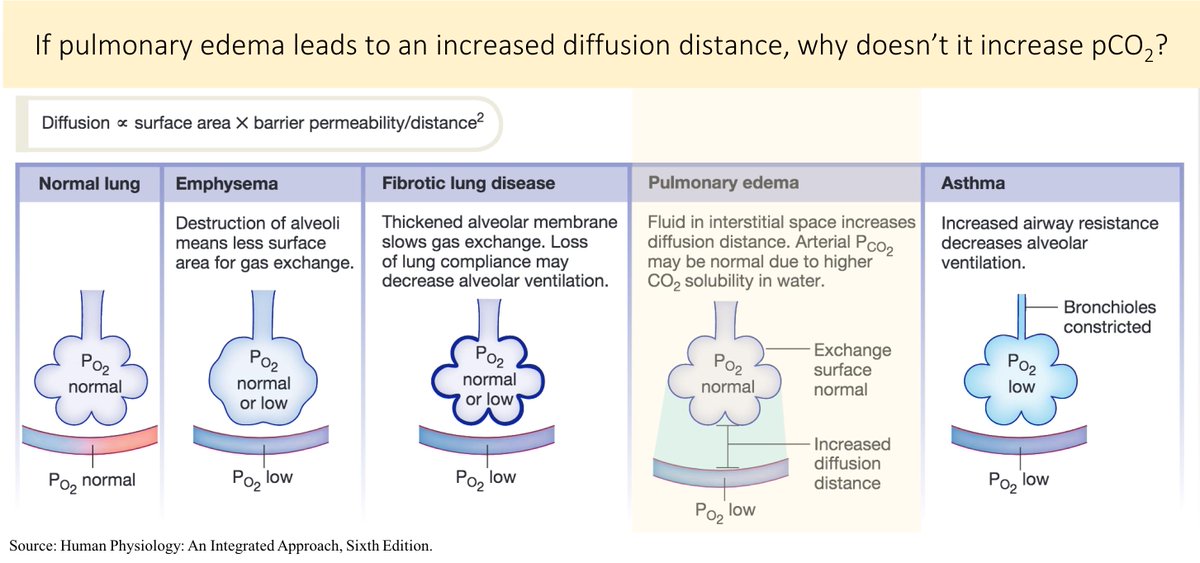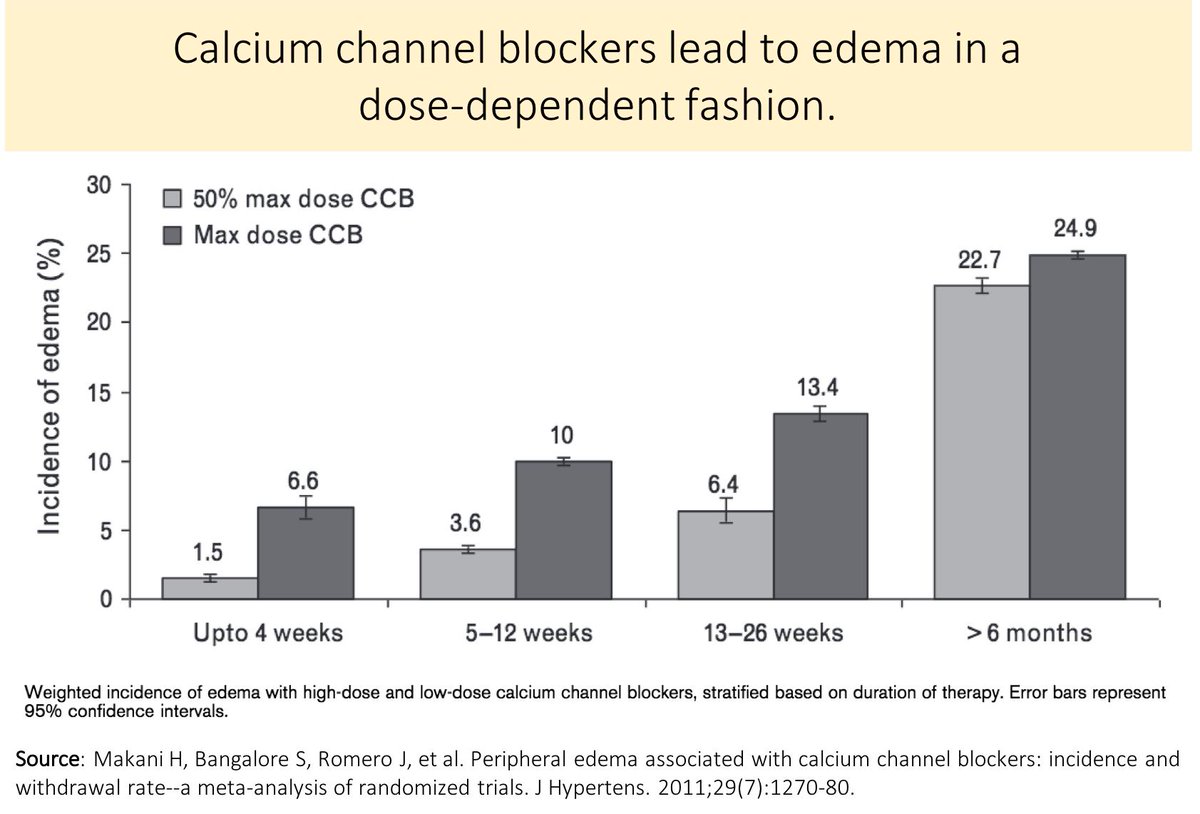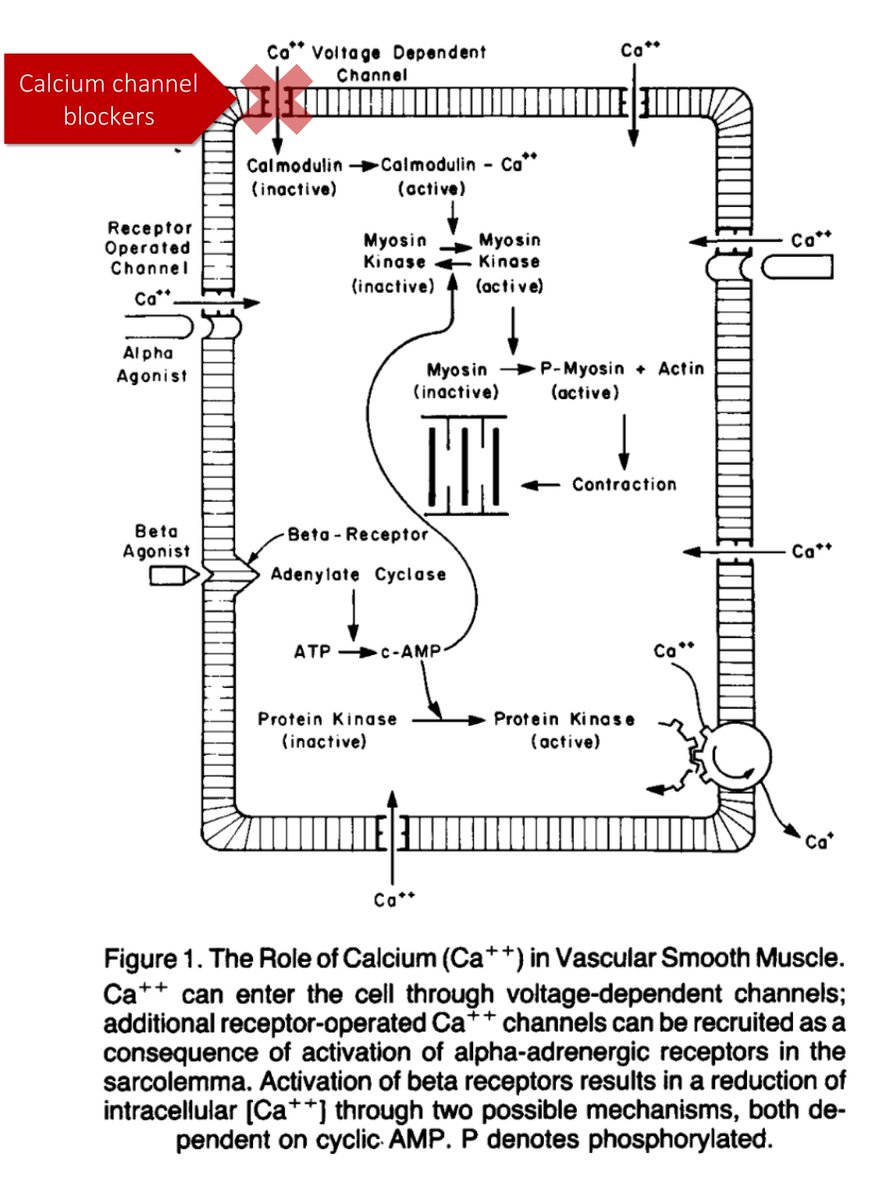Why hasn't syphilis developed resistance to penicillin (PCN)?
It took staph aureus about a year to demonstrate resistance. After 75 years, there has never been a reported case of treponema pallidum resistant to PCN.
Let’s have a look at why this might be...
First, a question:
What is your current understanding of one thing that might explain why/how t. pallidum has not gained resistance to penicillin?
(PBPs = PCN binding proteins; HGT = horizontal gene transfer)
Clearly, other bacteria have gained resistance to PCN. Here’s how things played out for s. aureus:
1941: PCN used successfully for s. aureus
1942: PCN resistance reported in s. aureus
linkinghub.elsevier.com/retrieve/pii/S…
journals.sagepub.com/doi/abs/10.318…

And, here’s what’s happened with t. pallidum:
1943: PCN used successfully for t. pallidum
2018: PCN resistance has still never been reported
ajph.aphapublications.org/doi/10.2105/AJ…
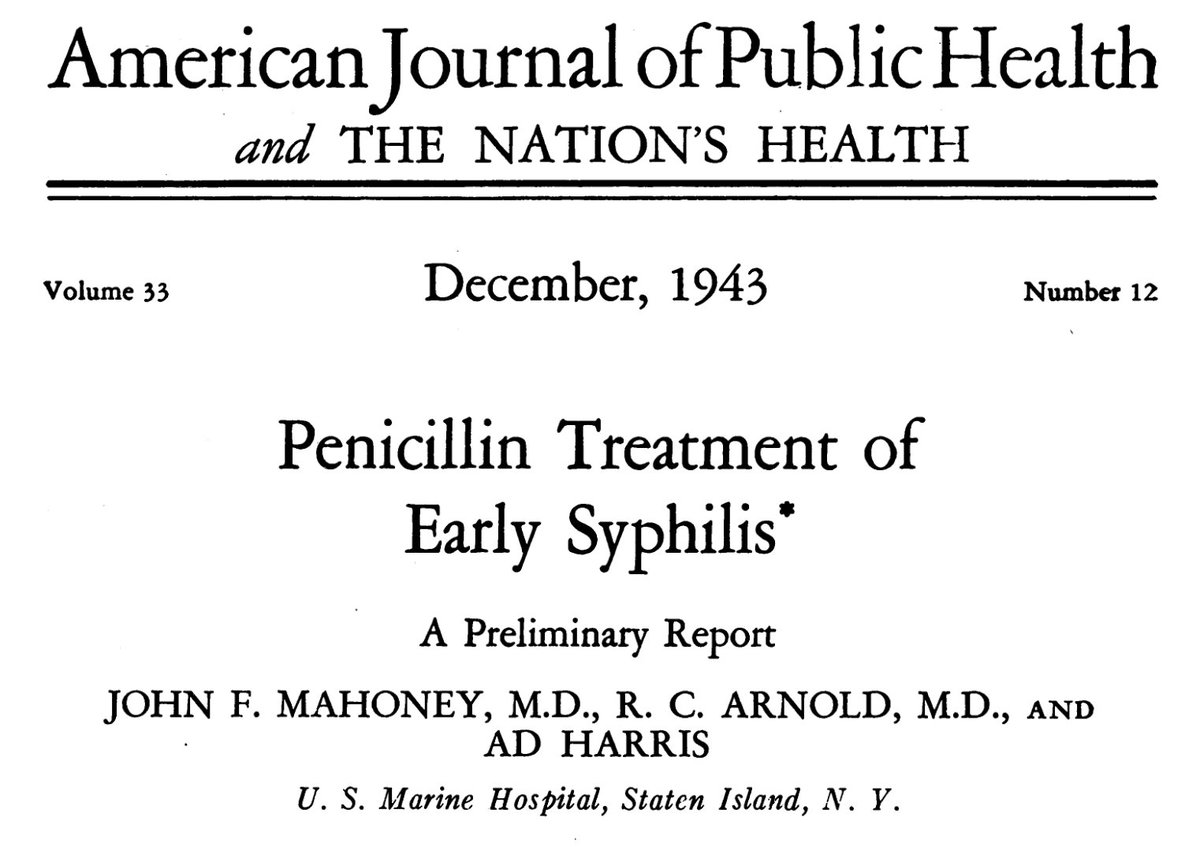
To understand why t. pallidum remains sensitive to PCN, we must review:
*how PCN works
*how other bacteria (e.g., s. aureus) gained PCN resistance
Mechanism of action, simplified:
PCN binds to “penicillin binding proteins” (PBPs) which are transpeptidases. The result is inhibition of cell wall synthesis and, eventually, bacterial death.
S. aureus makes use of penicillinase. This enzyme destroys the b-lactam ring of PCN, rendering it ineffective.
Penicillinase:
*comes from a plasmid
*was first identified in 1940 (in e.coli)
Yes, this means penicillinase was identified before PCN was even used clinically!
Therein lies the problem for t. pallidum (and the benefit for those with syphilis):
the spirochete lacks plasmids, bacteriophage, and transposons.
These are common modes of horizontal gene transfer. Nobody has shared penicillinase with t. pallidum!
science.sciencemag.org/content/281/53…
And why does t. pallidum lack these mobile genetic elements (MBE)?
One article notes that bacteria that lack MGE show:
*adaptation to a specific host environment
*genome size reduction
*loss of the ability to replicate outside of a host
linkinghub.elsevier.com/retrieve/pii/S…
T. pallidium is:
*quite adapted to a specific host environment (uh... us!)
*has a small genome (1.14 Mb). E.coli, by comparison, has 4.6 Mb
*really hard to grow in vitro
This is one explanation for why t. pallidum remains sensitive to PCN. It doesn't engage in horizontal gene transfer.
As microbiologist Steven Norris put it: "In the world of bacteria, T. pallidum is a loner."
npr.org/sections/healt…
Final note: t. pallidum does contain PCN binding proteins. And, one of them (Tp47), has beta-lactamase activity.
Huh?
jbc.org/content/277/44…
Turns out that when Tp47 hydrolyzes PCN, it creates byproducts that also bind Tp47 even more strongly than PCN.
These byproducts may be one thing protecting us from PCN resistant syphilis...
jbc.org/content/279/15…
clinicalcorrelations.org/?p=1657
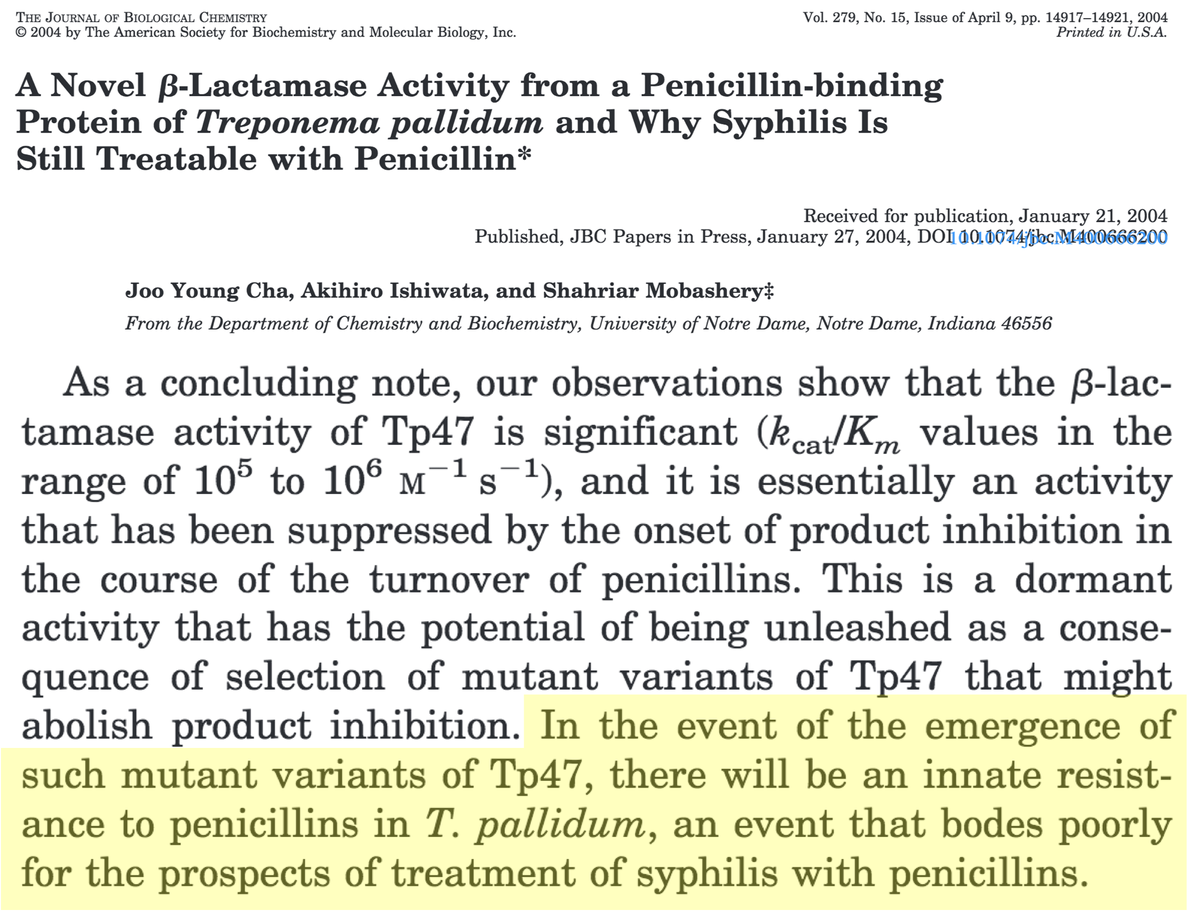
Let's close with a repeat of the original question:
What is your current understanding of one thing that might explain why/how t. pallidum has not gained resistance to penicillin?
(PBPs = PCN binding proteins; HGT = horizontal gene transfer)


